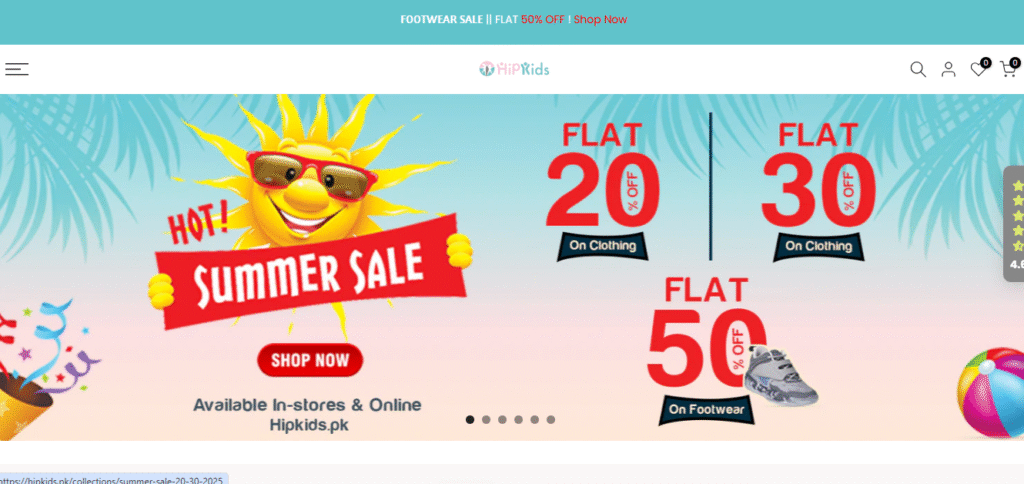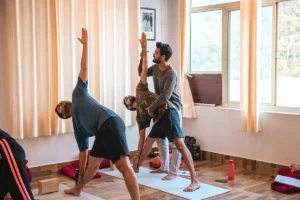
Dressing up children has become more than just a routine necessity—it’s a form of self-expression, comfort management, and even a subtle learning tool. In today’s ever-evolving fashion market, buying the right kids clothes involves more than simply picking the cutest design or brightest color. It’s about making choices that support a child’s development, meet practical needs, and stay within budget—all while reflecting the latest trends.
In this blog, we explore how modern parents can shop smartly for children’s clothing while balancing quality, affordability, style, and comfort.
Understanding the Real Needs of Kidswear
Children go through various stages of growth quickly, and their clothing needs evolve just as rapidly. Infants require soft, easy-to-change garments; toddlers need clothes that allow mobility and withstand stains; school-age kids demand trendy, expressive outfits that reflect their personality. Thus, a one-size-fits-all approach doesn’t work for kidswear.
When buying kids clothes, it’s essential to keep in mind the following core needs:
- Flexibility for movement
- Skin-friendly materials
- Durability and washability
- Weather-appropriate layering
- Room for growth without excess bulk
Balancing Quality with Affordability
Children outgrow their clothing quickly, so it might be tempting to buy cheaper options. However, poor-quality clothes can irritate their sensitive skin or get damaged easily, resulting in higher long-term costs.
Look for value-driven brands that offer:
- Organic cotton or breathable fabrics
- Reinforced stitching at stress points (knees, elbows)
- Garments with adjustable features like elastic waistbands or extendable sleeves
You can also take advantage of sales seasons or bundle offers from online platforms to stock up on essentials without breaking the bank.
Trendy Yet Practical: The Rise of Functional Fashion
Modern kids clothes aren’t just about style—they blend fashion with functionality. From moisture-wicking shirts for active kids to reversible jackets that double their use, designers are creating pieces that simplify parenting while satisfying children’s taste.
Current popular trends include:
- Athleisure wear – Joggers and hoodies are popular even for toddlers.
- Cartoon and superhero themes – Always in demand for preschoolers.
- Earth tones and neutrals – Trending among parents who prefer a minimalist style.
- Mix-and-match basics – Encourages children to dress themselves and explore colors.
Eco-Conscious Kidswear: A Responsible Choice
As climate awareness grows, many parents are shifting towards sustainable kidswear. The focus is on eco-friendly production, recycled fabrics, and fair labor practices. Many brands now offer certification for organic or toxin-free garments, making it easier for parents to make conscious choices.
You can also take part in circular fashion by:
- Donating gently used clothes
- Swapping clothes with other parents
- Buying from brands offering take-back or recycling programs
This not only helps the environment but also promotes a mindful lifestyle in children from an early age.
Size and Fit: Don’t Just Go by Age Tags
One of the biggest mistakes in buying kidswear is relying solely on age labels. Children grow at different rates, and brand sizing often varies. Always measure your child’s height, chest, and waist and refer to brand-specific size charts before purchasing.
Look for adjustable features such as:
- Drawstrings or elastic bands
- Buttoned or rolled sleeves
- Expandable shoulder seams (especially for infants)
These features allow for longer usage and better fitting.
Creating a Versatile Wardrobe
A smart wardrobe for kids doesn’t have to be overwhelming. Focus on key pieces that can be mixed and matched:
- 4–5 tops (casual & formal)
- 3–4 bottoms (shorts, jeans, leggings)
- 2 jackets (one lightweight, one heavier)
- 1–2 pairs of shoes (one casual, one sporty/formal)
- Accessories: caps, belts, and scarves to add variety
Use this as a capsule strategy to reduce clutter, cut costs, and make dressing easier for kids.
Where to Shop for Quality Kids Clothes
Some of the top-rated platforms and brands where parents prefer to shop include:
- H&M Kids – Trendy and budget-friendly
- Carter’s – Trusted for baby and toddler wear
- Zara Kids – Fashion-forward picks for all ages
- FirstCry – Comprehensive baby-to-teens clothing range
- PatPat – Budget-friendly with matching family outfits
Check for customer reviews, return policies, and material descriptions to make informed purchases.
Final Thoughts: Dress to Empower
Choosing the right kids clothes is about more than fashion. It’s a tool that helps children feel comfortable, confident, and capable. When a child feels good in what they’re wearing, they move better, play freely, and express themselves more openly.
As parents, guardians, or caregivers, our role is to strike the perfect balance between fun and function, trends and tradition, economy and quality. So next time you shop, think beyond the hanger—think about what that outfit adds to your child’s world.





